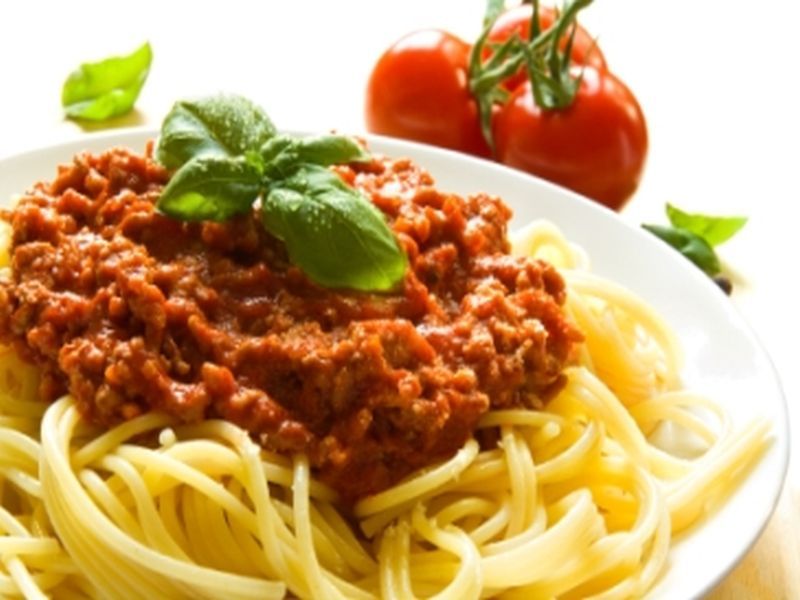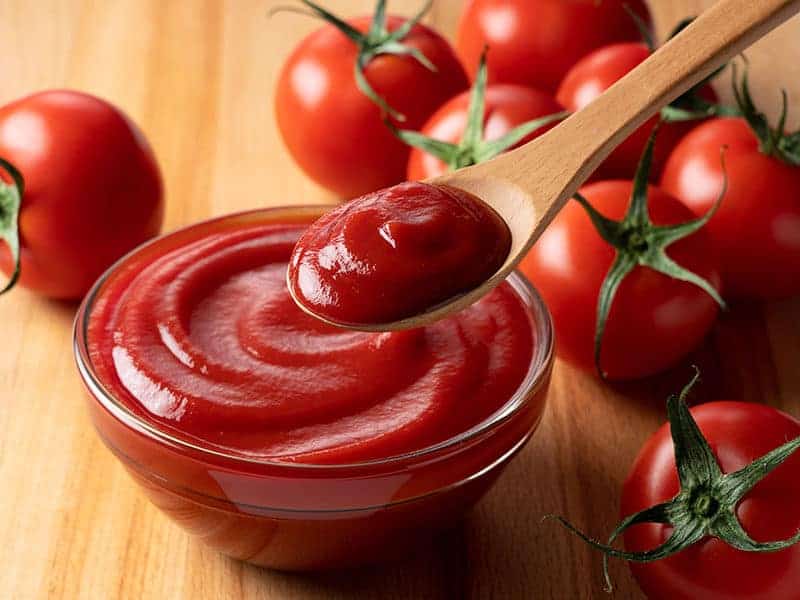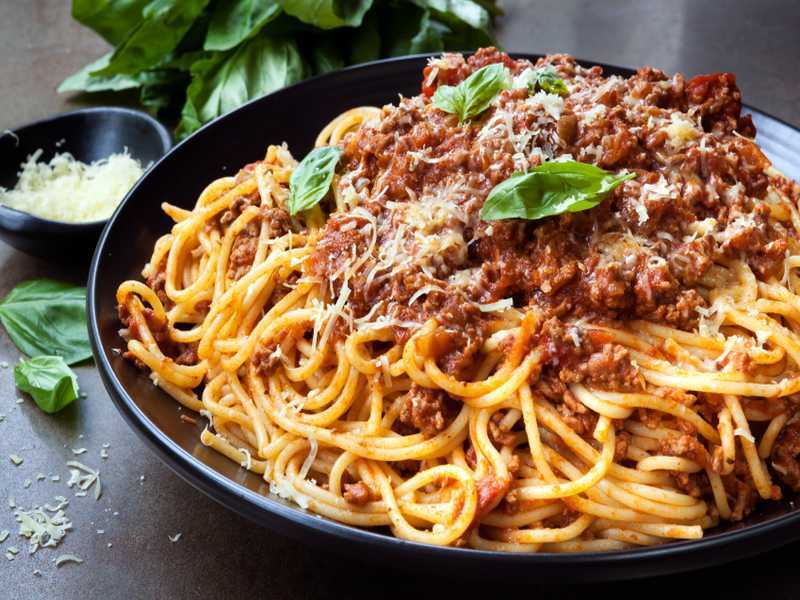An Overview of Tomato Pasta Sauce Base: Making the Perfect Foundation for Delectable Pasta Dishes
Introduction:
Tomato pasta sauce is a classic and versatile base used in a variety of pasta dishes. Made from tomatoes, herbs, and spices, this sauce plays a crucial role in enhancing the flavors and textures of pasta. In this article, we will explore the key ingredients and techniques involved in preparing a delicious tomato pasta sauce base, along with some tips on customization and storage.
1. Key Ingredients for Tomato Pasta Sauce Base:
The foundation of any tomato pasta sauce lies in the quality and selection of its ingredients. Here are the key elements that contribute to a flavorful base:
1.1 Fresh Tomatoes:
Using fresh, ripe tomatoes is essential for a vibrant and refreshing tomato pasta sauce. San Marzano tomatoes or Roma tomatoes are popular choices due to their rich and sweet flavor.
1.2 Aromatics:
Onions, garlic, and herbs such as basil, oregano, and thyme provide depth and fragrance to the sauce. Sauteeing these aromatics in olive oil creates a flavorful base for the tomatoes.
1.3 Herbs and Spices:
A variety of herbs and spices can be added to the tomato pasta sauce base to enhance its taste. Common options include bay leaves, parsley, rosemary, red pepper flakes, and black pepper.
1.4 Liquid:
To ensure the sauce has the right consistency, a liquid is added. This can be water, vegetable broth, wine, or even the pasta cooking water. Adding some liquid helps in distributing the flavors and cooking the sauce evenly.
2. Techniques for Preparing Tomato Pasta Sauce Base:
There are several techniques for preparing tomato pasta sauce base. Here are the most commonly used methods:
2.1 Traditional Stovetop Method:
In this classic approach, chopped onions and minced garlic are sautéed in olive oil until soft and translucent. The tomatoes, herbs, spices, and liquid are then added and simmered for an extended period to allow the flavors to meld together. This slow-cooking method enhances the taste of the sauce and develops a rich, concentrated flavor.
2.2 Quick and Fresh Method:
For those seeking a faster approach, a quick and fresh tomato pasta sauce base can be prepared. Instead of simmering for hours, this method involves quickly cooking the fresh tomatoes along with the aromatics and herbs. This preserves the bright, fresh flavors of the tomatoes and creates a lighter sauce.
2.3 Roasting Method:

Roasting the tomatoes before using them in the sauce base can intensify their natural sweetness. By placing halved tomatoes, along with garlic, herbs, and olive oil, in the oven at a high temperature, you can achieve a caramelized and concentrated flavor. The roasted tomatoes are then blended or chopped and used as the base for the sauce.
3. Customization of Tomato Pasta Sauce Base:
Tomato pasta sauce base can be customized to suit personal tastes and dietary preferences. Here are some variations to consider:
3.1 Meaty Additions:
Adding ground meat, such as beef, pork, or poultry, to the tomato pasta sauce base creates a hearty and filling sauce. This variation is popular in dishes like spaghetti Bolognese or meatball pasta. The meat is usually browned separately and then combined with the sauce base during the cooking process.
3.2 Seafood Enhancements:
To create a seafood-infused tomato pasta sauce, adding ingredients like clams, shrimp, or fish enhances the overall flavor profile. These seafood additions can be either sautéed separately and then combined with the sauce or simmered in the sauce base itself.
3.3 Vegetarian and Vegan Alternatives:
For those following a vegetarian or vegan lifestyle, tomato pasta sauce base can be made completely plant-based. Exclude any meat or seafood additions and substitute animal-based ingredients like cheese with plant-based alternatives.
4. Storing and Preserving Tomato Pasta Sauce Base:
Homemade tomato pasta sauce base can be stored for future use. There are a few methods to consider:
4.1 Immediate Use:
If you plan to use the sauce within a few days, store it in an airtight container in the refrigerator. This allows you to conveniently access the sauce whenever needed.
4.2 Freezing:
To preserve the sauce for longer periods, freezing is a suitable option. Portion the sauce into freezer-safe containers or ziplock bags and label them with the date for easy identification. When needed, thaw the sauce in the refrigerator overnight or heat it directly from frozen.
4.3 Canning:
Canning tomato pasta sauce base is an excellent way to store large quantities for an extended period. This method involves sterilizing glass jars, filling them with hot sauce, and sealing them properly. The jars are then processed in a water bath or pressure canner to ensure safety and longevity.
Conclusion:
Tomato pasta sauce base serves as the foundation for a wide range of delicious pasta dishes. By selecting high-quality ingredients and using various cooking techniques, you can create a sauce that perfectly complements your pasta. Whether you prefer a classic stovetop method or a quick and fresh approach, tomato pasta sauce base allows for customization and personalization. With proper storage techniques, you can conveniently enjoy homemade tomato pasta sauce whenever you desire.Title: An Overview of Tomato Pasta Sauce Base: Making the Perfect Foundation for Delectable Pasta Dishes
Introduction:
Tomato pasta sauce is a classic and versatile base used in a variety of pasta dishes. Made from tomatoes, herbs, and spices, this sauce plays a crucial role in enhancing the flavors and textures of pasta. In this article, we will explore the key ingredients and techniques involved in preparing a delicious tomato pasta sauce base, along with some tips on customization and storage.
1. Key Ingredients for Tomato Pasta Sauce Base:

The foundation of any tomato pasta sauce lies in the quality and selection of its ingredients. Here are the key elements that contribute to a flavorful base:
1.1 Fresh Tomatoes:
Using fresh, ripe tomatoes is essential for a vibrant and refreshing tomato pasta sauce. San Marzano tomatoes or Roma tomatoes are popular choices due to their rich and sweet flavor.
1.2 Aromatics:
Onions, garlic, and herbs such as basil, oregano, and thyme provide depth and fragrance to the sauce. Sauteeing these aromatics in olive oil creates a flavorful base for the tomatoes.
1.3 Herbs and Spices:
A variety of herbs and spices can be added to the tomato pasta sauce base to enhance its taste. Common options include bay leaves, parsley, rosemary, red pepper flakes, and black pepper.
1.4 Liquid:
To ensure the sauce has the right consistency, a liquid is added. This can be water, vegetable broth, wine, or even the pasta cooking water. Adding some liquid helps in distributing the flavors and cooking the sauce evenly.
2. Techniques for Preparing Tomato Pasta Sauce Base:
There are several techniques for preparing tomato pasta sauce base. Here are the most commonly used methods:
2.1 Traditional Stovetop Method:
In this classic approach, chopped onions and minced garlic are sautéed in olive oil until soft and translucent. The tomatoes, herbs, spices, and liquid are then added and simmered for an extended period to allow the flavors to meld together. This slow-cooking method enhances the taste of the sauce and develops a rich, concentrated flavor.
2.2 Quick and Fresh Method:
For those seeking a faster approach, a quick and fresh tomato pasta sauce base can be prepared. Instead of simmering for hours, this method involves quickly cooking the fresh tomatoes along with the aromatics and herbs. This preserves the bright, fresh flavors of the tomatoes and creates a lighter sauce.
2.3 Roasting Method:
Roasting the tomatoes before using them in the sauce base can intensify their natural sweetness. By placing halved tomatoes, along with garlic, herbs, and olive oil, in the oven at a high temperature, you can achieve a caramelized and concentrated flavor. The roasted tomatoes are then blended or chopped and used as the base for the sauce.
3. Customization of Tomato Pasta Sauce Base:
Tomato pasta sauce base can be customized to suit personal tastes and dietary preferences. Here are some variations to consider:
3.1 Meaty Additions:
Adding ground meat, such as beef, pork, or poultry, to the tomato pasta sauce base creates a hearty and filling sauce. This variation is popular in dishes like spaghetti Bolognese or meatball pasta. The meat is usually browned separately and then combined with the sauce base during the cooking process.
3.2 Seafood Enhancements:

To create a seafood-infused tomato pasta sauce, adding ingredients like clams, shrimp, or fish enhances the overall flavor profile. These seafood additions can be either sautéed separately and then combined with the sauce or simmered in the sauce base itself.
3.3 Vegetarian and Vegan Alternatives:
For those following a vegetarian or vegan lifestyle, tomato pasta sauce base can be made completely plant-based. Exclude any meat or seafood additions and substitute animal-based ingredients like cheese with plant-based alternatives.
4. Storing and Preserving Tomato Pasta Sauce Base:
Homemade tomato pasta sauce base can be stored for future use. There are a few methods to consider:
4.1 Immediate Use:
If you plan to use the sauce within a few days, store it in an airtight container in the refrigerator. This allows you to conveniently access the sauce whenever needed.
4.2 Freezing:
To preserve the sauce for longer periods, freezing is a suitable option. Portion the sauce into freezer-safe containers or ziplock bags and label them with the date for easy identification. When needed, thaw the sauce in the refrigerator overnight or heat it directly from frozen.
4.3 Canning:
Canning tomato pasta sauce base is an excellent way to store large quantities for an extended period. This method involves sterilizing glass jars, filling them with hot sauce, and sealing them properly. The jars are then processed in a water bath or pressure canner to ensure safety and longevity.
5. Health Benefits of Tomato Pasta Sauce:
Tomato pasta sauce base offers numerous health benefits due to its key ingredient, tomatoes. Tomatoes are rich in beneficial nutrients including vitamins A, C, and E, as well as antioxidants like lycopene. Lycopene has been associated with a reduced risk of certain cancers and heart disease. Additionally, tomatoes are low in calories and can contribute to a well-balanced diet.
6. Commercial Applications of Tomato Pasta Sauce Base:
The popularity of tomato pasta sauce base has led to its widespread use in commercial settings. Restaurants, cafes, and food manufacturers often rely on pre-made tomato pasta sauce bases to streamline their cooking processes. These commercial bases come in various forms, including canned, jarred, or in bulk packaging, allowing foodservice establishments to easily incorporate them into their recipes.
7. Quality Control in Commercial Production:
Maintaining high-quality standards is crucial in commercial tomato pasta sauce base production. Stringent quality control measures ensure that the ingredients used are fresh and meet specific nutritional and safety requirements. Regular inspections and testing, along with adherence to food safety regulations, help businesses deliver consistent and safe products to consumers.
8. Marketing and Packaging:
Effective marketing strategies play a vital role in attracting customers to commercial tomato pasta sauce base brands. Building a brand image and positioning the product as high-quality, convenient, and versatile can help garner consumer trust and loyalty. Packaging should be visually appealing and informative, clearly conveying the product’s features, ingredients, and potential uses.
9. Innovations in Tomato Pasta Sauce Base Products:
To cater to changing consumer demands and preferences, manufacturers are constantly innovating in the tomato pasta sauce base market. This includes the development of gluten-free, organic, and reduced-sodium options. Additionally, companies are introducing unique flavor profiles by incorporating ingredients like sun-dried tomatoes, roasted garlic, or exotic herbs and spices.
10. Culinary Trends with Tomato Pasta Sauce Base:

As the culinary landscape evolves, chefs and home cooks are experimenting with inventive ways to use tomato pasta sauce base. It is not only limited to traditional pasta dishes but also finds its way into creative recipes such as pizza toppings, lasagna, stuffed vegetables, and even as a dip for appetizers. This versatility ensures that tomato pasta sauce base remains a staple in the kitchen.
Conclusion:
Tomato pasta sauce base serves as the foundation for a wide range of delicious pasta dishes. By selecting high-quality ingredients and using various cooking techniques, you can create a sauce that perfectly complements your pasta. Whether you prefer a classic stovetop method or a quick and fresh approach, tomato pasta sauce base allows for customization and personalization. With proper storage techniques, you can conveniently enjoy homemade tomato pasta sauce whenever you desire. In commercial settings, businesses can capitalize on the popularity of tomato pasta sauce base by ensuring quality control, effective marketing, and embracing innovation to cater to evolving consumer preferences.









